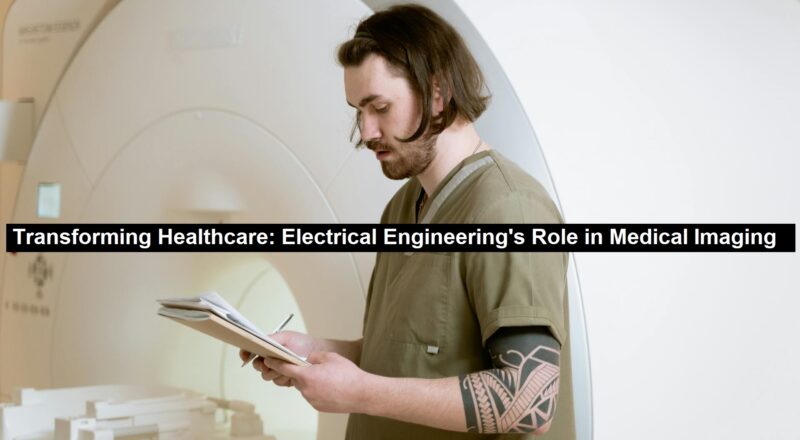The impact of electrical engineering on medical imaging has been profound, shaping the way healthcare providers diagnose and monitor diseases. From the groundbreaking discovery of X-rays to the latest innovations in artificial intelligence (AI), electrical engineers have been key contributors to the evolution of medical technology, improving both accuracy and patient safety.
The revolution began in 1895 with the discovery of X-rays, which allowed doctors to see inside the body without surgery. Electrical engineers have continued to refine this technology, transitioning from film-based imaging to faster, more accurate digital systems. This evolution has significantly improved the quality of medical images, while also making the process safer for patients.
In the 1970s, the development of magnetic resonance imaging (MRI) and computed tomography (CT) scans marked a major leap forward. MRI uses radio waves and magnetic fields to generate images, while CT scans rely on X-rays to produce detailed cross-sections of the body. AI in medical imaging is revolutionizing disease diagnosis and treatment planning by automating image analysis and providing accurate insights. Electrical engineers have played a crucial role in refining these technologies, improving image resolution, reducing scan durations, and enhancing the overall experience for patients.
Read: Every Beginner’s Guide to PCB Assembly and Design
The 1990s ushered in the era of digital imaging, which was made possible by advancements in sensor technology. Custom AI development can be used to create specialized algorithms for medical imaging, leading to more accurate and efficient disease detection and diagnosis. This shift improved not only image clarity but also the efficiency of medical facilities by simplifying the storage and sharing of diagnostic images. Ultrasound technology has also benefited from engineering improvements, with portable and highly accurate devices now being used in emergency rooms and prenatal care. Engineers in nuclear medicine have advanced imaging techniques that allow doctors to study metabolic processes and gain insights into diseases at an early stage.
One of the most exciting areas of advancement is AI. By integrating AI and machine learning into medical imaging, engineers are helping to automate diagnostic processes, reduce human error, and accelerate the analysis of complex datasets. This leads to quicker, more accurate diagnoses. Electrical engineers are also working on miniaturizing imaging devices, making them portable and wearable, which expands access to imaging in remote or underserved areas.
The Role of Electrical Engineering in Medical Imaging was contributed by Martell Services Group, a premier mechanical contractor
Despite these advancements, there are still challenges to address, such as reducing radiation exposure and ensuring the affordability of imaging technologies. Ongoing collaboration between electrical engineers, healthcare providers, and policymakers is critical to continuing the progress in this vital field. Artificial intelligence and its impact on medical imaging are transforming diagnosis and treatment planning by enabling accurate and efficient analysis of complex medical images.
